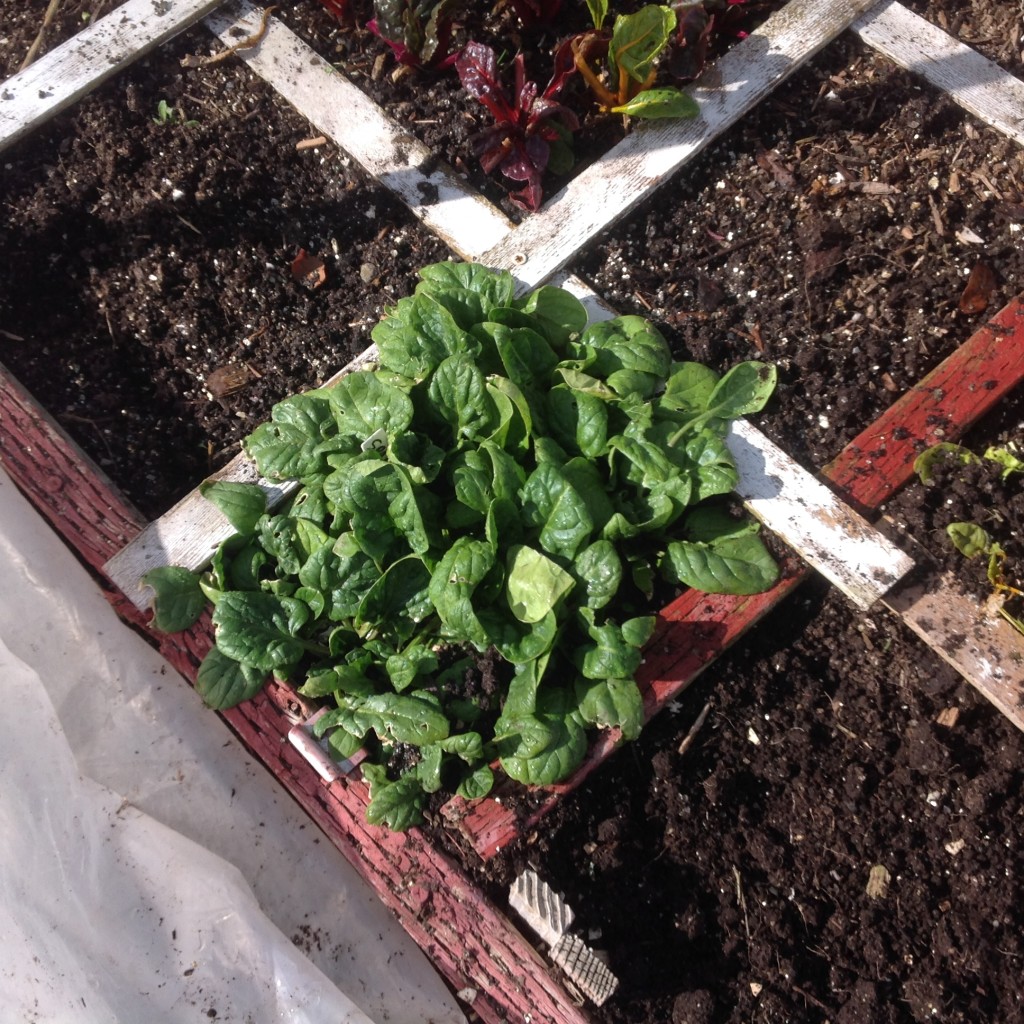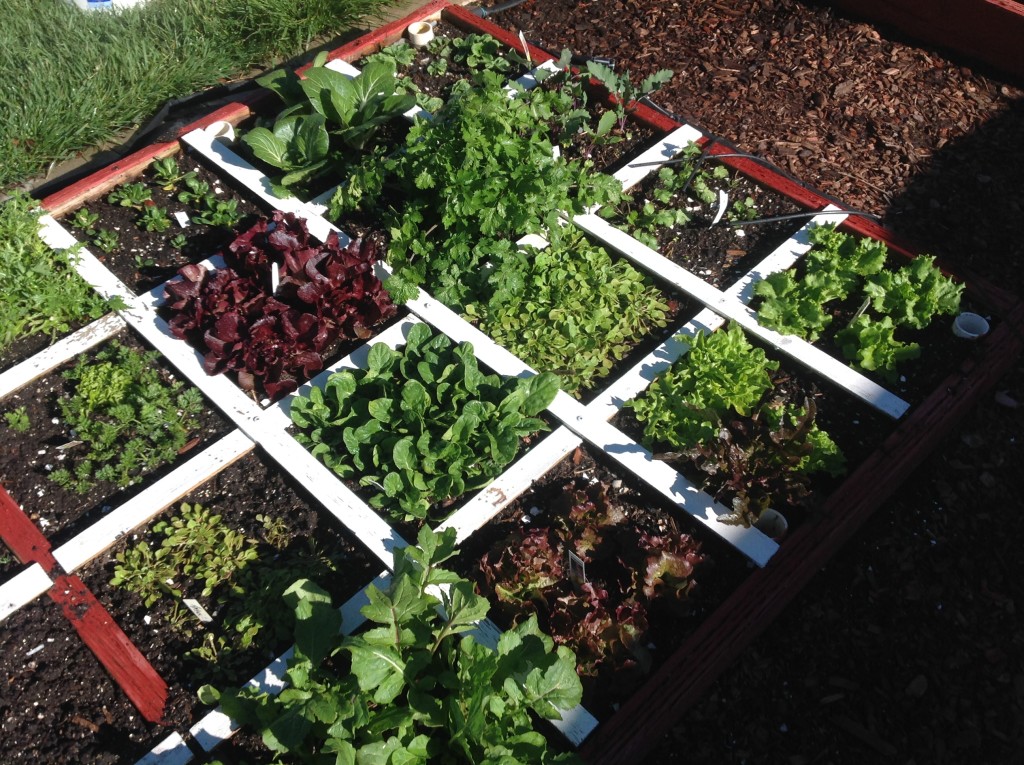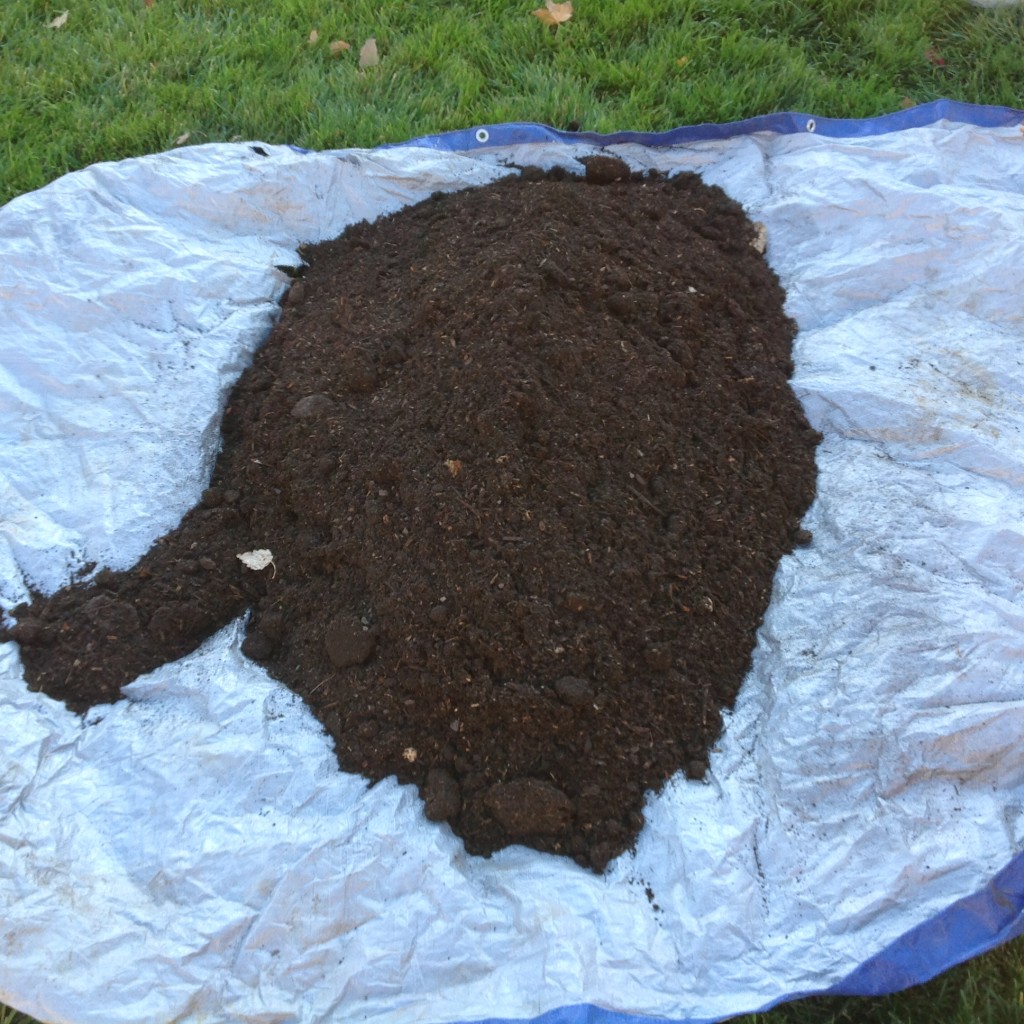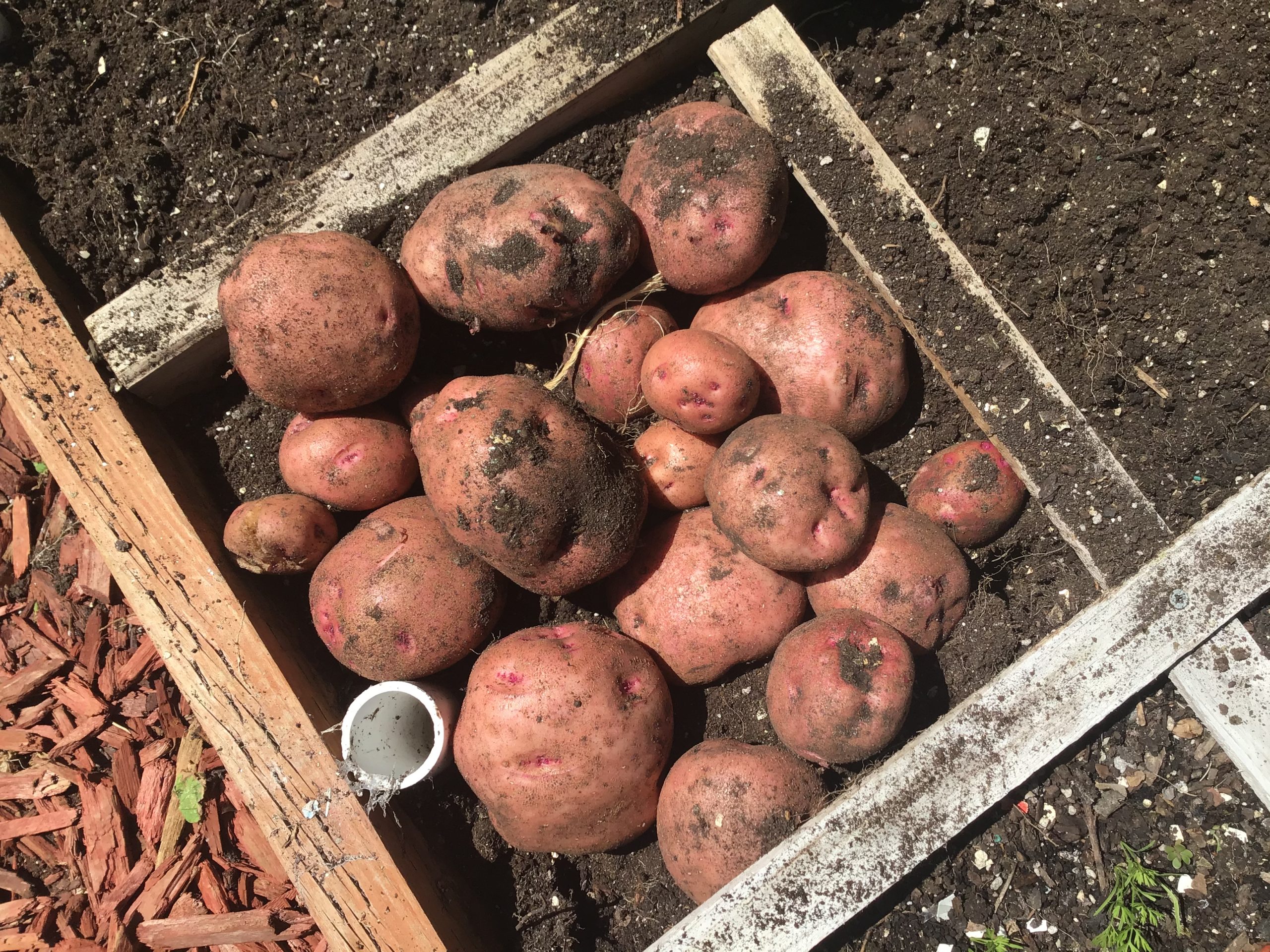 I had a good friend of mine tell me many years ago that if your spinach plants are established by the beginning of winter you could cut them back to just above the crown and you’d be the first person in your neighborhood to have fresh spring or even late winter spinach. He said you didn’t even need to cover them as the snow would act as an insulator during the winter months.
I had a good friend of mine tell me many years ago that if your spinach plants are established by the beginning of winter you could cut them back to just above the crown and you’d be the first person in your neighborhood to have fresh spring or even late winter spinach. He said you didn’t even need to cover them as the snow would act as an insulator during the winter months.
Well, he was right about the earliness part. I’m pretty sure I had the first spinach harvest in the neighborhood. That particular year I took his advice and cut everything back and didn’t worry about protecting any of it.
By the time spring rolled around it certainly grew. However, it grew unevenly-the leaves were more crinkled than what they normally would have been. The biggest difference, however, was in the taste, which could best be described as close to shoe leather. I learned that advice wasn’t going to work for me.
From then on out, I did cut back the crop in late fall, but I then protected it. The difference in appearance and most importantly-taste-was huge. Gone was the crinkle and shoe leather. Back was the smooth texture and sweetness of the spinach I’d been used to eating all spring. This picture is what it looked like today after being under cover since November. The variety is Space, and it’s my favorite variety of spinach to grow. This is the time that I direct seed my spinach for the earliest spring harvest that I can get[ois skin=”1″]


